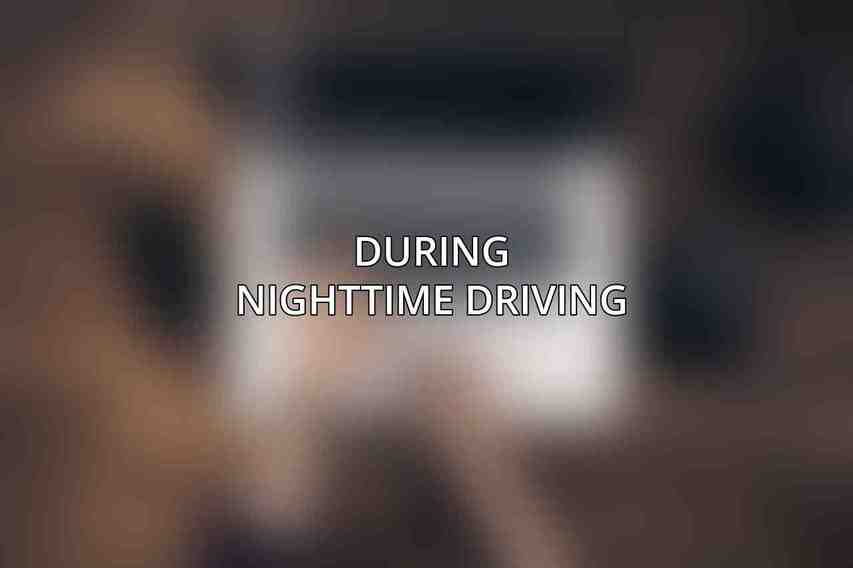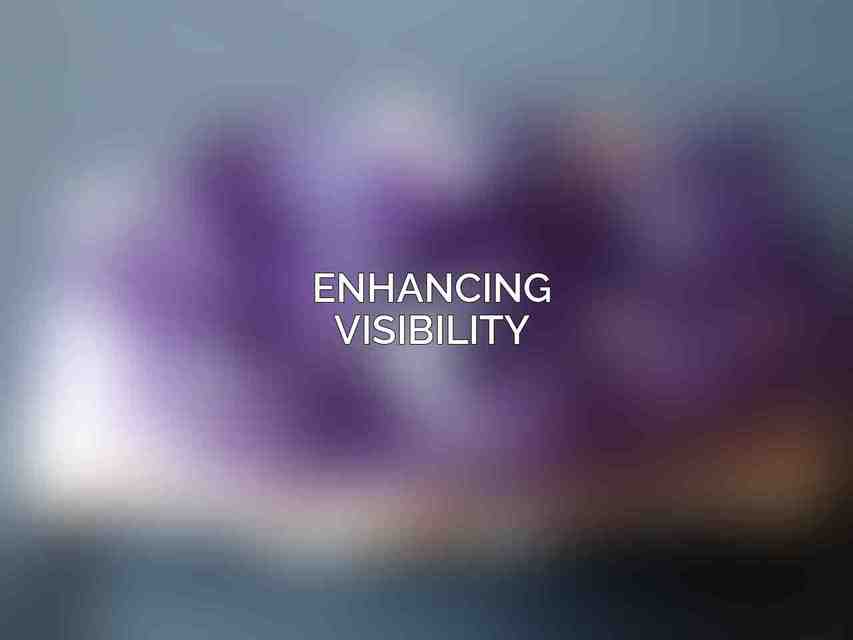Driving at night presents unique challenges compared to daytime driving. According to the National Safety Council, fatality rates are three times higher at night than during the day. The reduced visibility, increased likelihood of drowsy drivers, and the presence of more impaired drivers on the road contribute to this statistic. It is crucial for drivers to adopt safe practices to mitigate these risks and ensure their safety and the safety of others on the road.
Preparation Before Driving
Before setting out on a night drive, it is essential to undertake some key preparations to enhance safety. Ensuring you are well-rested and alert is paramount as fatigue can impair reaction times and decision-making while driving. Checking the functionality of all vehicle lights, including headlights, taillights, and indicators, is crucial to maintaining visibility. Adjusting mirrors to reduce glare from following vehicles and ensuring a clean windshield and windows will help optimize visibility in low-light conditions.
During Nighttime Driving

During nighttime driving, certain precautions can significantly enhance safety on the road. One essential tip is to use low-beam headlights to avoid blinding other drivers and improve visibility of the road ahead. It is important to switch to high-beam headlights only when there are no oncoming vehicles to prevent glare. Additionally, being vigilant for pedestrians, cyclists, and wildlife is crucial. Utilizing pedestrian detection systems, if available in your vehicle, can provide an added layer of safety.
Enhancing Visibility

Enhancing visibility is key to safe night driving. Different headlight technologies offer varying benefits. Halogen headlights are cost-effective but may have limited brightness. Xenon headlights provide superior illumination but come at a higher cost. LED headlights offer energy efficiency and long-term durability. Understanding the advantages and limitations of each type can help drivers make informed decisions regarding their vehicle lighting. Using fog lights effectively when visibility is reduced due to weather conditions can greatly improve road visibility.
Advanced Safety Features
Incorporating advanced safety features can further enhance night driving safety. Night vision systems utilize infrared technology to enhance visibility in low-light conditions, though they may have limitations in certain scenarios. Adaptive headlights adjust their beams based on driving conditions, improving visibility around curves and over hills. Lane departure warning systems alert drivers when they unintentionally drift out of their lane, providing an additional safety net in preventing accidents.
Special Considerations
Special considerations must be made when driving in challenging environments at night. Rural areas with limited lighting pose increased risks due to reduced visibility. Drivers should exercise caution and reduce speed when navigating unlit roads to avoid potential hazards. Inclement weather such as rain, fog, or snow can further decrease visibility, requiring drivers to adjust their speed and driving behavior accordingly to maintain safety on the road.
adopting essential night driving safety tips is paramount to minimize the risk of accidents and ensure a safe driving experience in 2024. By prioritizing rest, optimizing vehicle visibility, avoiding distractions, and leveraging advanced safety features, drivers can significantly reduce the chances of incidents on the road. Remember, safe driving practices not only protect yourself but also contribute to the overall safety of all road users. Stay vigilant, stay safe, and make responsible choices when driving at night.
Frequently Asked Questions
What are some essential night driving safety tips?
Some essential night driving safety tips include ensuring your headlights are working properly, avoiding distractions, increasing following distance, and being mindful of your speed.
Why is it important to adjust your headlights for night driving?
Adjusting your headlights ensures they are pointing in the right direction and are not blinding oncoming drivers, providing better visibility for the driver and reducing the risk of accidents.
How can I reduce glare from oncoming headlights?
To reduce glare from oncoming headlights, look slightly to the right side of the road and avoid looking directly at the bright lights. Tinted lenses or anti-reflective coatings on glasses can also help.
Should I avoid using high beams when driving at night?
It is important to switch to low beams when driving in the presence of other vehicles to avoid blinding oncoming drivers. High beams should only be used in low-traffic or poorly-lit areas.
What should I do if I feel drowsy while driving at night?
If you start feeling drowsy while driving at night, it’s important to pull over in a safe location and take a short nap or switch drivers. Opening a window for fresh air and staying hydrated can also help combat drowsiness.
